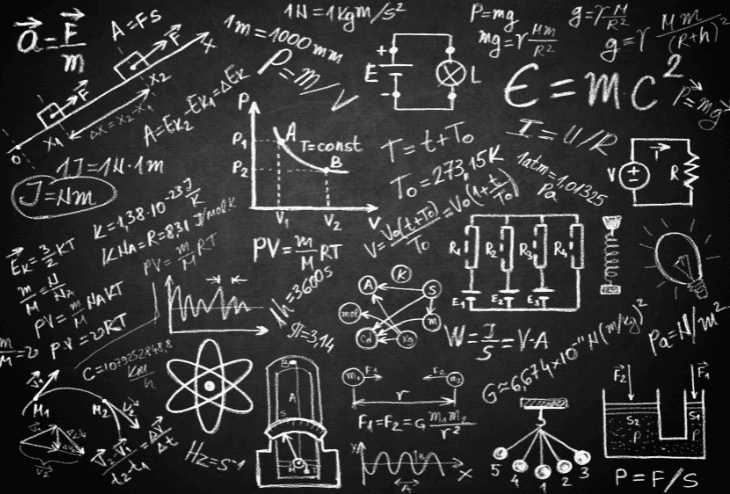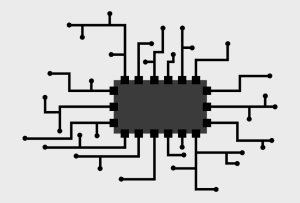Torque is one of the fundamental concepts of classical mechanics. Anyone who has ever lifted heavy tools or used a wrench has intuitively experienced the effects of torque. In this article, I will explain the phenomenon of torque, its importance in everyday life, science, and engineering. We will cover the definition of torque, its equations, practical applications, and examples in detail.
Definition of Torque
Torque refers to the effectiveness of a force in causing rotation of an object around an axis. To understand its significance, imagine a door—it opens more easily when pushed at the edge rather than near the hinges. What makes our force more effective in generating rotation is precisely the torque. Here are the key concepts related to this definition:
What is Torque?
Torque, denoted as M , is the product of the force F and the distance r from the axis of rotation. Here is the formula describing torque:
M = F · rWhere:
- M is the torque (measured in newton-meters, Nm)
- F is the force applied to the object (in newtons, N)
- r is the distance between the point of force application and the axis of rotation (in meters, m)
Torque tells us how effectively a given force rotates an object. A force applied farther from the axis of rotation generates a greater torque, making rotation easier.
How to Calculate Torque in Practice?
Imagine a person opening a door. If the person pushes the edge of a 1-meter-long door with a force of 10 N, the torque is:
M = 10 · 1 = 10 \, \text{Nm}If the same person applies the same force but halfway along the door, the torque decreases to 5 \, \text{Nm} . This example shows how significantly the efficiency of a force can be influenced by changing the distance from the axis of rotation.
Components of Torque
Torque depends on two key factors: the force applied to the object and the distance of the point of force application from the axis of rotation. Force is a vector quantity, which means it has both magnitude and direction. The action of torque is closely related to the direction of the applied force and the length of the lever arm (distance r ).
Torque can be positive or negative, depending on the direction of the force. In rotational motion, counterclockwise movement is considered positive torque, while clockwise movement is considered negative torque. This way, torque precisely determines the direction in which the object will rotate under the applied force.
Examples of Torque Applications
Torque has broad applications in various fields of everyday life and industry. Here are a few examples:
- Torque Wrench: This tool uses torque to tighten bolts with the correct force. Without applying the appropriate torque, the bolt could be too loose or damaged by overtightening.
- Doors and Windows: Torque determines how easy or difficult it is to open a door. The farther from the hinges you push, the greater the torque, and the easier the door opens.
These examples show how the concept of torque plays a crucial role in the effectiveness of actions and tools.
The Effect of Force Angle on Torque
The angle of force application also plays an important role in calculating torque. Torque reaches its maximum value when the force acts perpendicular to the lever arm. For angles other than 90 degrees, the efficiency of the force decreases. Torque can be expressed as:
M = F · r · \sin(\theta)Where \theta is the angle between the force direction and the lever arm. For example, when the angle is 0 degrees, the torque value is zero, meaning the force causes no rotation.
Moment of Inertia vs. Torque
Torque is often confused with the moment of inertia, but they are two different concepts. The moment of inertia describes how difficult it is to change the rotational speed of an object, while torque refers to the force causing that rotation. The moment of inertia depends on the object’s mass and its distribution around the axis of rotation. The formula for the moment of inertia is:
I = \sum m_i \cdot r_i^2Where m_i is the mass of individual particles, and r_i is their distances from the axis of rotation. Together, torque and moment of inertia help understand rotational motion.
Practical Problems with Torque
To better understand how torque works, consider solving a few example problems.
Problem 1: Calculate the torque produced by a force of 15 N applied at the edge of a 2 m lever arm.
M = 15 · 2 = 30 \, \text{Nm}Problem 2: A force of 20 N acts at an angle of 60 degrees on a lever arm 1.5 m long. Calculate the torque value.
M = 20 · 1.5 · \sin(60^\circ) \approx 25.98 \, \text{Nm}Solving such problems helps understand how force, distance, and angle influence the value of torque.
Torque in Everyday Life
Many people may not realize how often torque impacts daily life. Even simple actions like unscrewing a bottle cap are examples of using torque. To unscrew the cap, we apply a force that generates torque, causing the cap to rotate. The larger the cap’s radius, the easier it is to unscrew because the torque value increases.
Similarly, the principle of levers, such as crowbars, operates based on torque. The longer the lever, the less force is required to lift a weight, thanks to the increased torque.
FAQ – Frequently Asked Questions – Torque
Torque is the product of the force acting on an object and the distance from the axis of rotation. It describes how effectively a force causes an object to rotate.
Torque is calculated by multiplying the magnitude of the force by the distance of its application point from the axis of rotation. If the angle is other than 90 degrees, the component \sin(\theta) must be included.
Torque is applied in various fields, such as tightening bolts with a torque wrench, opening doors, or unscrewing a bottle cap.
Yes, the angle of force affects the torque value. The maximum value is achieved when the force acts perpendicular to the lever arm.




